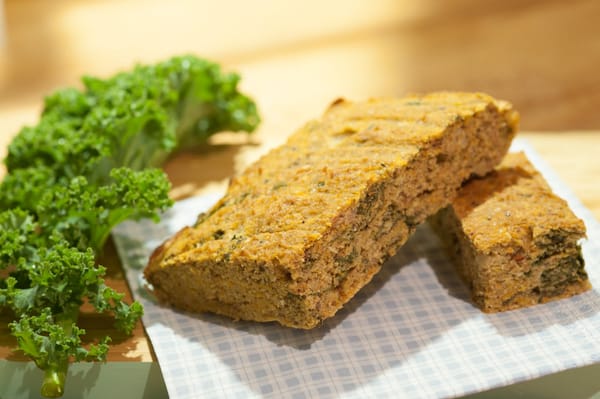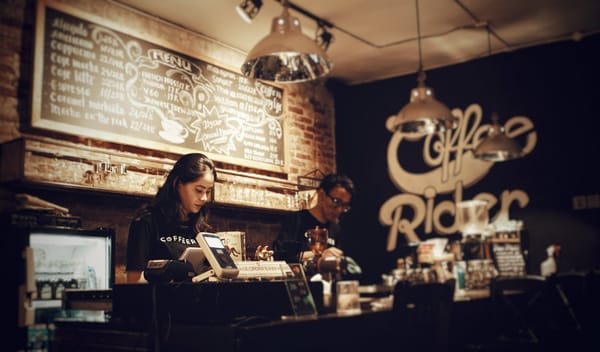Top 10 Popular Juices in the USA: Market Leaders and Emerging Trends
Explore America's top 10 juices, from Tropicana's vitamin-rich orange blends to Naked Juice's cold-pressed greens. Discover health trends, flavor innovations, and the $77.5B market driving juice evolution
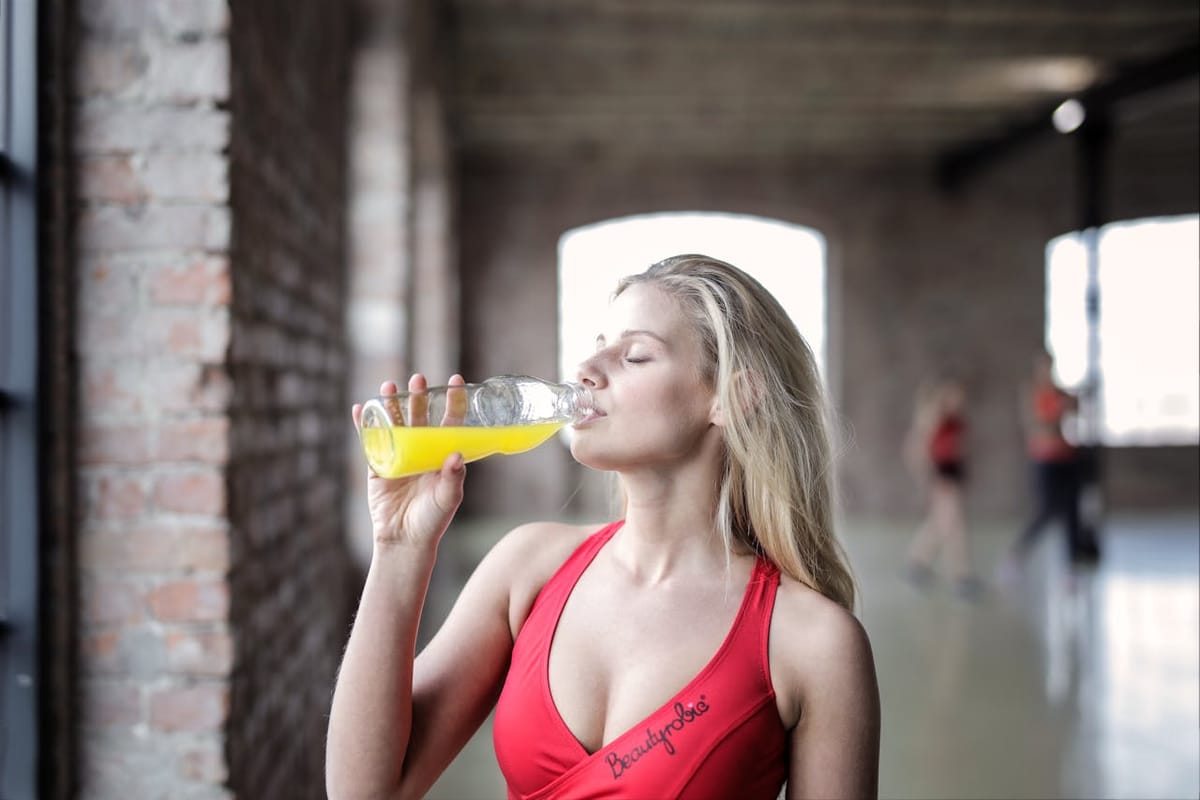
Top 10 Popular Juices in the USA: Market Leaders and Emerging Trends
The United States juice market continues to evolve, blending traditional favorites with innovative health-conscious options. Valued at $55.5 billion in 2024 and projected to reach $77.5 billion by 2033, the sector reflects shifting consumer preferences toward natural ingredients, functional benefits, and diverse flavor profiles. This article explores the 10 most popular juices dominating American refrigerators, analyzing their market performance, unique characteristics, and alignment with contemporary dietary trends.
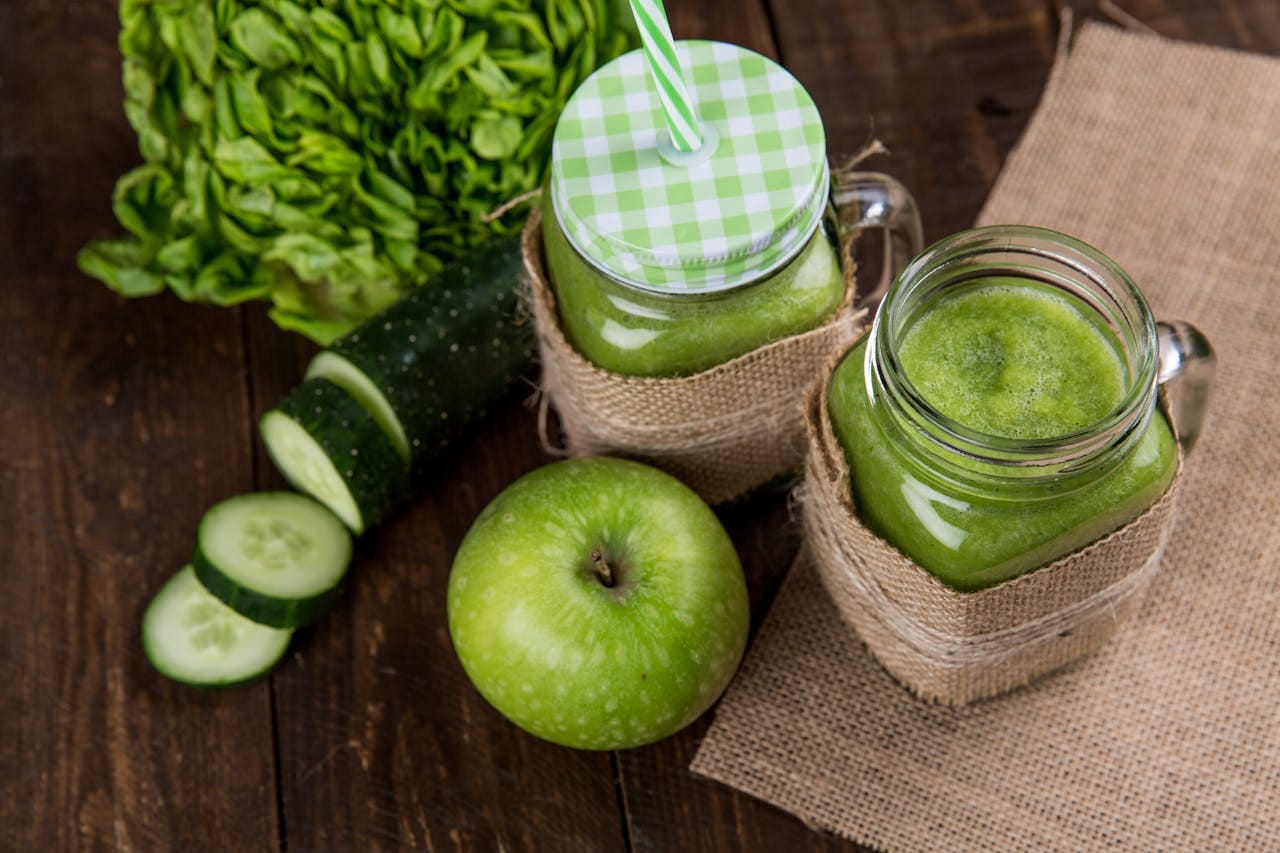
Tropicana Pure Premium Orange Juice
As the undisputed leader in refrigerated orange juice, Tropicana Pure Premium captures one-third of U.S. orange juice sales. Owned by PepsiCo, this brand sources oranges from Florida and Brazil, using a flash-pasteurization process that preserves vitamin C content (110% per serving) and fresh-squeezed flavor. Its dominance stems from strategic partnerships with foodservice networks and consistent quality across not-from-concentrate offerings. Despite a 3.6% decline in overall orange juice consumption since 2007, Tropicana maintains loyalty through variants like Low Acid and Calcium + Vitamin D fortified options.
Simply Orange
Coca-Cola's Simply Orange ranks second in premium orange juices, distinguished by its cloudy appearance and pulp-free texture. The brand's 2022 innovation—a patented “Natural Orange Juice Enhancer” derived from orange essence—allows consistent flavor year-round without additives. Simply's market strategy targets families through 59-ounce carafes optimized for weekly consumption, holding 12.4% of the chilled juice segment. Recent expansions into blood orange and peach-mango blends demonstrate responsiveness to flavor trends identified in global juice analyses.
Minute Maid Orange Juice
Minute Maid's shelf-stable orange juice commands 6.2% market share through aggressive pricing and widespread distribution. The brand pioneered frozen concentrate in 1945, later diversifying into Heart Healthy (with plant sterols) and Premium Original variants. While facing criticism for added sugars, Minute Maid remains popular in multicultural households, which drives 47% of daily juice consumption. Its recent partnership with Starbucks for grocery-store Frappuccino bases illustrates crossover potential in the coffee beverage segment.
Naked Juice Green Machine
Green Machine exemplifies the smoothie-inspired juice trend, combining apple, mango, pineapple, banana, kiwi, and spirulina algae. As part of PepsiCo's Naked Juice line, this $4.99/15.2-oz bottle targets gym-goers with 2g protein and 120% DV vitamin C. The brand capitalizes on cold-pressed juice demand, which grew 145% between 2012–2016. Despite 2023 lawsuits over “No Sugar Added” claims, Naked retains a 4.1% share in premium juice category sales.
Bolthouse Farms Classic Carrot Juice
Bolthouse Farms dominates the vegetable juice niche with its Classic Carrot Juice, containing 470% DV vitamin A per 8-oz serving. The brand's 2024 sustainability report highlights 100% recycled PET bottles and regenerative farming partnerships, resonating with eco-conscious buyers. Carrot juice sales surged 163% from 2012-2016 as consumers sought low-sugar alternatives, propelling Bolthouse to $210 million in annual revenue. Recent innovations include turmeric-infused and beet-blended variants.
Snapple Fruit Punch
Snapple's Fruit Punch leads the shelf-stable juice drink category with $6.61 billion in revenue in 2022. Its formula balances apple, cherry, and tropical flavors at 100 calories per 16-oz bottle. The brand's retro marketing (“Made from the Best Stuff on Earth”) and convenience store distribution network drive popularity among Gen Z consumers. Snapple holds 6.3% of the total U.S. juice market, outperforming rivals in the competitive “lunchbox drink” segment.
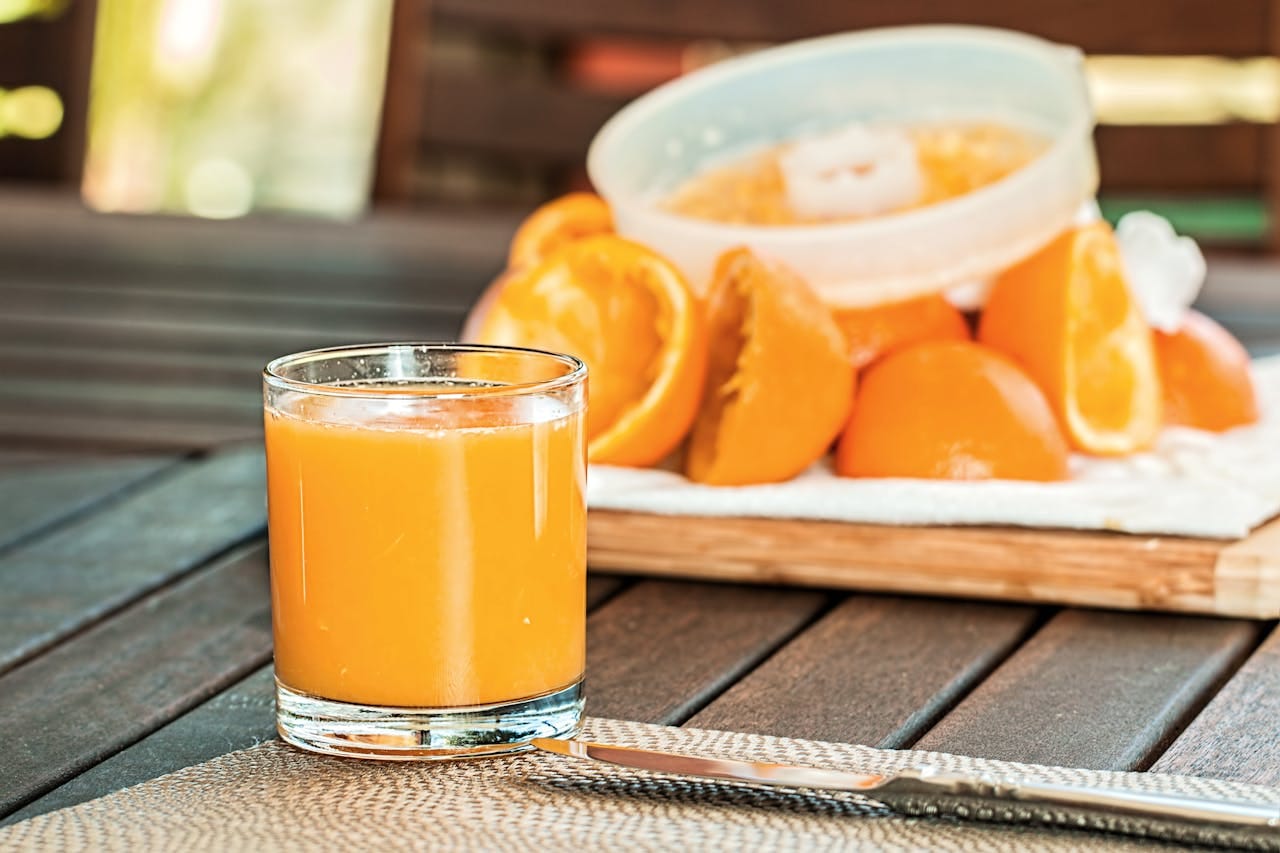
Capri Sun Pacific Cooler
Pacific Cooler remains Capri Sun's top-selling pouch flavor, generating $590 million in 2024 aseptic juice sales. The blend of white grape, pear, and strawberry juices targets parents seeking portion-controlled (60-calorie) options. Kraft Heinz's 2023 reformulation removed artificial flavors, aligning with clean-label trends. Capri Sun commands 38% of the children's juice market through partnerships with Disney and Marvel character licensing.
Ocean Spray Cranberry Juice
Ocean Spray's 100% Cranberry Juice capitalizes on urinary tract health trends, with sales growing 9.4% annually since 2020. The cooperative's 700 grower-owners supply tart cranberries for a juice containing 110mg proanthocyanidins per serving—compounds clinically shown to inhibit E. coli adhesion. A 2025 innovation introduced cranberry-lemon and cranberry-adaptogen blends, tapping into the functional beverage market projected to reach $77.5 billion by 2033.
V8 Vegetable Juice
Campbell's V8 Original Vegetable Juice maintains relevance through sodium-reduced formulas and organic certification. The blend of tomatoes, carrots, celery, beets, parsley, lettuce, watercress, and spinach provides 2g of fiber and 120% DV vitamin C per 11.5-oz can. Once declining, V8 sales rebounded 19.3% post-2020 as remote workers sought quick nutrient boosts. The 2024 “V8+Hydrate” line with electrolyte-infused variants targets fitness enthusiasts.
Evolution Fresh Cold-Pressed Juices
Starbucks' Evolution Fresh epitomizes the cold-pressed revolution with HPP (high-pressure processed) juices retaining raw enzymes. The $7.99/12-oz bottles dominate premium grocery cases through flavors like Sweet Greens (cucumber, apple, kale) and Defense Up (orange, lemon, turmeric). Evolution's direct-to-consumer subscriptions grew 300% during the pandemic, capitalizing on at-home wellness trends. A 2025 partnership with Whole30 certifies 15 SKUs for popular diet protocols.
Conclusion
The U.S. juice market's trajectory favors brands balancing nostalgia with innovation. Traditional orange juice leaders like Tropicana and Minute Maid adapt through fortification and hybrid beverages, while disruptors like Naked and Evolution Fresh cater to premium, health-focused demographics. Emerging trends, such as vegetable-herb fusions (carrot-turmeric), functional additives (electrolytes), and sustainable packaging, will shape the next decade of growth. Successful brands will leverage these insights while maintaining the flavor authenticity that first endeared them to American consumers.
Frequently Asked Questions
- What criteria define a juice's popularity in the U.S. market?
Popularity is determined by annual sales data, search volume trends (e.g., "Starbucks drinks" at 292,800 monthly searches), and nutritional innovation. Factors include brand recognition (Tropicana holds 33% orange juice market share), health claims (Bolthouse Farms' 470% DV vitamin A), and alignment with dietary trends like keto or vegan preferences.
- How do cold-pressed juices differ nutritionally from traditional options?
Cold-pressed juices like Evolution Fresh use high-pressure processing (HPP) to retain 98% of raw enzymes and nutrients, unlike heat-pasteurized juices. This method extends shelf life to 4-7 days while maintaining higher levels of vitamin C and antioxidants, as seen in Starbucks' Sweet Greens blend.
- Are vegetable-based juices healthier than fruit-focused varieties?
Vegetable juices like Bolthouse Farms Carrot Juice offer lower sugar content (8g vs. 24g per serving in Snapple Fruit Punch) with comparable nutrients. Their 163% sales surge since 2012 reflects consumer preference for low-glycemic options, although fruit juices still dominate 68% of total sales.
- What sustainability practices are juice brands adopting?
Leading companies now use 100% recycled PET bottles (Bolthouse Farms), regenerative farming partnerships, and carbon-neutral supply chains. Tropicana's 2025 initiative reduced water usage by 40% in Florida groves, while Naked Juice eliminated 15M plastic bottles through bulk dispensers.
- How has sugar content influenced juice market trends?
With 62% of consumers prioritizing low-sugar options, brands reformulate recipes using stevia (Ocean Spray's Cran-Lemon) or vegetable bases (V8's 2g sugar per serving). The FDA's 2024 "Added Sugar" labeling mandate accelerated this shift, impacting traditional brands like Minute Maid (-9% sales).
- Why do some juices separate or settle in packaging?
Natural separation occurs in additive-free juices like Real Peel's cold-pressed varieties due to density differences between plant compounds. Shaking restores homogeneity while preserving nutrient integrity a trade-off for avoiding stabilizers like xanthan gum.
- How are juice brands adapting to plant-based diet trends?
Innovations include pea-protein fortified juices (Naked Juice's Green Machine), adaptogen-infused blends (Ocean Spray's Cranberry-Ashwagandha), and vegan certifications (Evolution Fresh's Whole30-approved line). Plant-based juice sales grew 22% YoY through Q1 2025.
